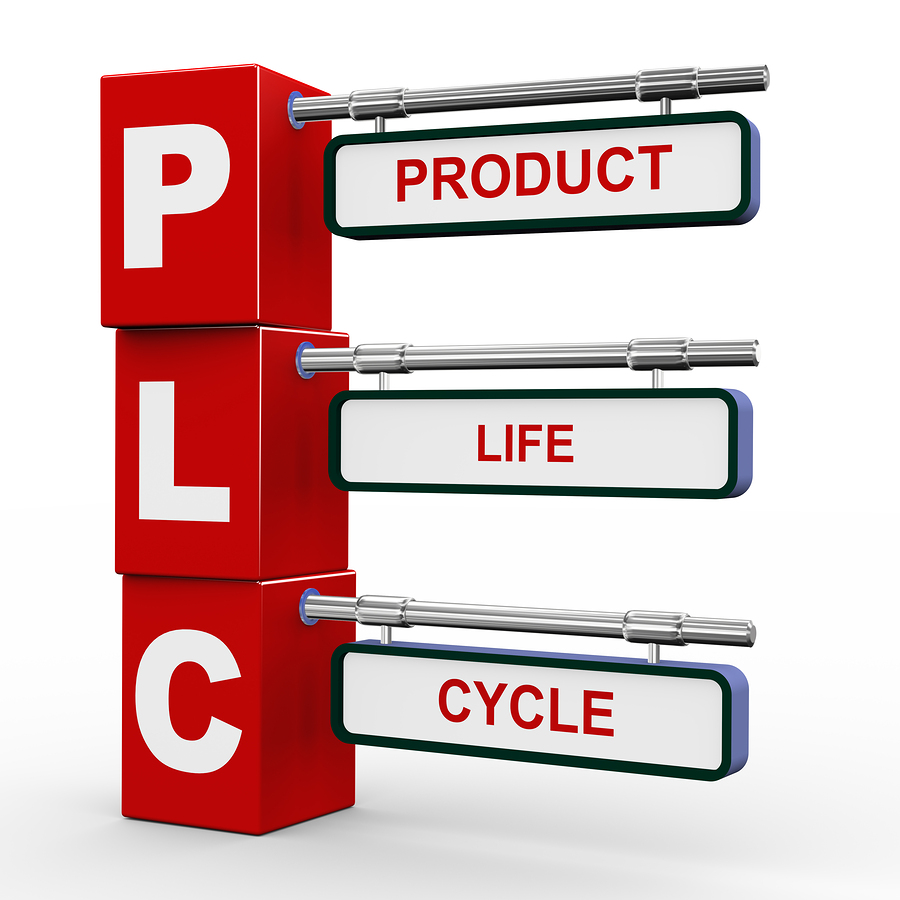Life cycle cost is the forgotten goal of all our cost and quality challenges.
Every day we hear about all the latest and greatest new strategies, software, tools, and contracting methods that overwhelm us in our supply chain jobs. Granted, we still have to maintain our operational effectiveness while pursuing these new and maybe risky methods in order to move our supply chain organizations forward. So what are we really striving for? Where is this game going?
The End Game
The end game is really to bring the highest level of quality and optimum life cycle cost to our healthcare organization with the products and services we are purchasing. Did you say, “life cycle cost”? Yes, life cycle cost is one of the most ignored cost management strategies in healthcare today. Its definition is to obtain the most value (i.e., quality, service, and total cost) from a product or service’s useful life.
Simply stated, we must maximize every dollar spent on each and every product or service we are consuming. If, for instance, an IV set tubing can last 72 to 96 hours by its own manufacturer’s specifications, why are we changing the tubing every 48 hours? If one patient bathing system pack is made to bathe one patient, why are our nurses bringing two or three packs into a room? If we purchase examination gloves to meet clinician specifications, why are we giving clinical grade examination gloves to our housekeepers, dietary staff, and other support service staff at a 23% premium?
Price at the Pump
Everyone is spending so much time on price at the pump strategies that we fail to recognize that we are spending little or no time looking at the life cycle cost of the products and services we purchase on a daily basis. A simple example of this trend is a client of ours who signed a new pulse oximetry contract with the lowest level of neonatal pulse oximeter vs. the mid to high range pulse oximeter that costs 35% to 45% more.
On the surface, it would appear that the hospital’s contract administrator achieved a sound contract for this commodity with the best price, standardization, and 100% contract compliance along with the value analysis committee’s approval. Win-win for all, right? However, after the price at the pump was achieved and the new contract was implemented, the job of the contract administrator was done, so they then moved on to the next contract to be renewed. But what happened with this product’s life cycle management?
Unintended Consequences
What ended up happening was a failure of the selected oximeter in the new contract that caused an estimated one pulse oximeter per neonatal patient per patient day to jump to 6-8 pulse oximeters per neonatal patient day. Yes, that is a 700% overspend! Luckily, this hospital was tracking their utilization costs with a dashboard on all their major commodities and found that they were over their set benchmark on their neonatal pulse oximeters and they needed to look into the issue.
After a thorough investigation, this hospital found that the low cost oximeters they had specified in their contract were not sticking to their neonatal patients, thus not getting the proper readings so their nurses would replace the oximeters not getting the proper readings on their patients so the nurses would end up replacing the pulse oximeter on the patients – every day.
Here was the simple solution to this costly problem; the hospital replaced their low cost oximeters with higher cost pulse oximeters (that cost 35% more at the pump) which had better adhesion. They also opted in to an oximeter reprocessing program which saved them even more money.
The end game for this hospital was that they reduced their pulse oximeter total costs by over 60% with a higher quality oximeter because they were focused on the oximeter’s life cycle cost vs. just price at the pump. They also expected another 8% to 19% savings on their reprocessing program once it was implemented, for a combined total life cycle savings of 68% to 79% overall, which had nothing to do with price!
Bottom line
The bottom line: We need to realize that our job does not stop at the price at the pump. We now need to also manage the entire life cycle cost of the products, services, and equipment that we purchase. Further, we must employ systems to help us track not only the price and the spend of a commodity, but also their actual utilization as it correlates to patient centric volume indicators tied to metrics. Then, and only then, will we be able to put our finger on every cost overrun, mismatch, or life cycle imbalance in our customers’ utilization.
Isn’t it time we start to pay close attention to our product and service life cycle costs, instead of just focusing exclusively on the price at the pump?





